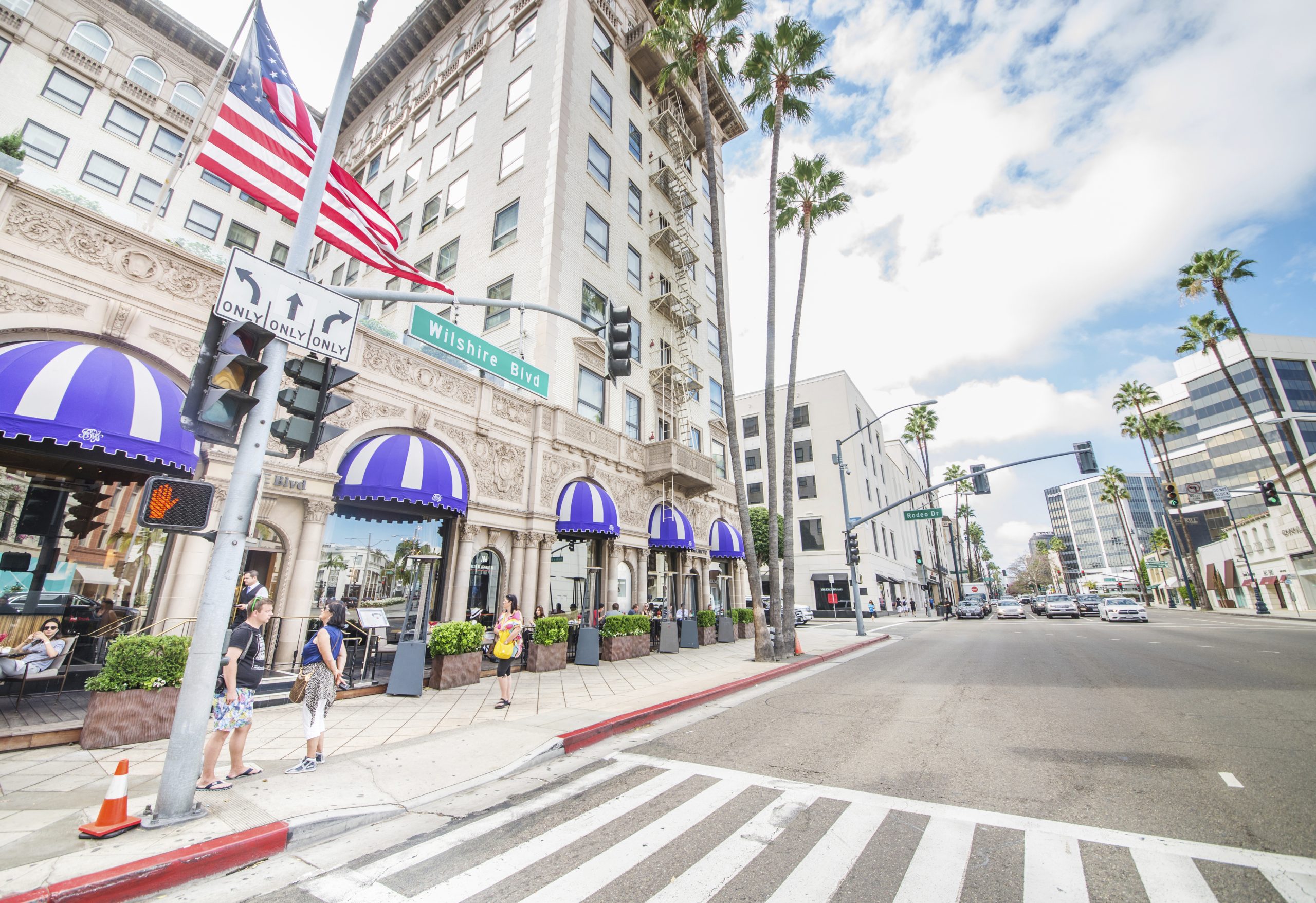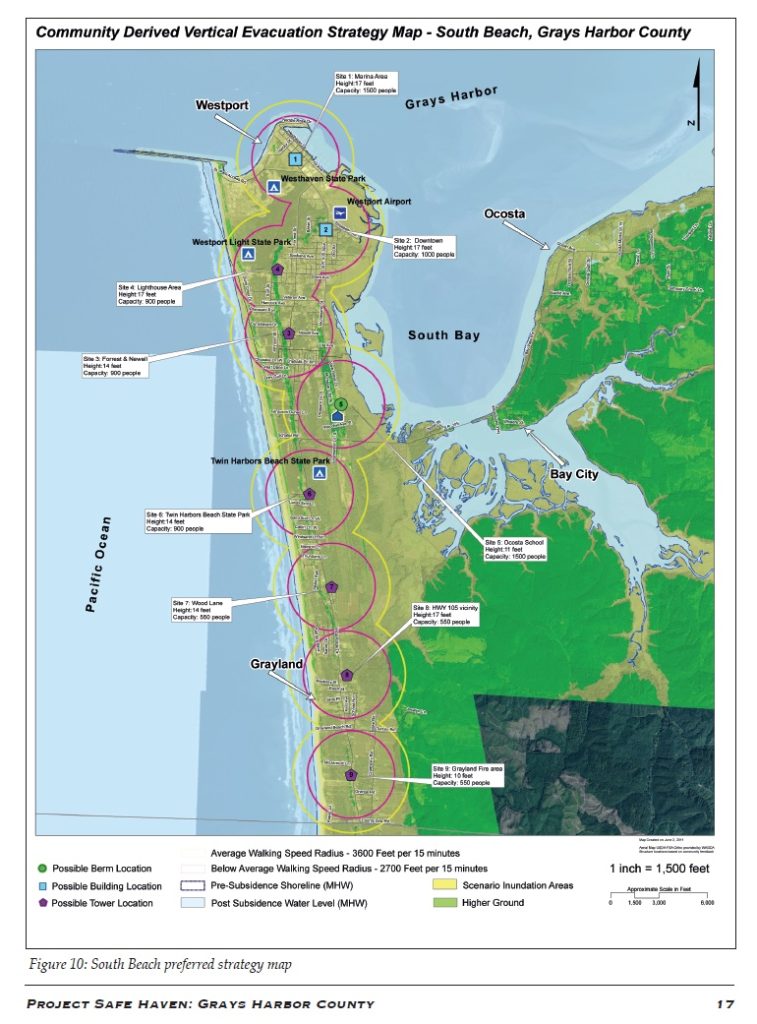Engineering that Builds and Saves Our Communities
Navigating the complexities of public sector projects efficiently requires a combination of technical expertise, trusted advisory, and active project management.
Our engineers are well-versed in seismic ordinance work and the unique challenges of historic preservation and repair, ensuring compliance with local and state regulations while delivering resilient structures. We provide practical and efficient solutions, grounded in a deep understanding of engineering and technical code development.
As trusted advisors engaged in collaborative design processes, we offer valuable insights from the start of each project. Client priorities are met with timely decision-making, translating complex engineering problems into actionable solutions.
We are particularly sensitive to the pressures faced by public officials, who often work with limited budgets and tight schedules. Our solutions are tailored to meet the needs of these public entities, balancing cost considerations with engineering excellence.
Project Team

Degenkolb Welcomes Jeff Roi Back to the Firm as Principal in the Los Angeles Office

Degenkolb Welcomes Walterio A. López as Principal in the Oakland Office


















